By Mak Yuen Teen
Hin Leong Trading Pte Ltd (HLT) and Ocean Tankers Pte Ltd (OTPL) being placed into judicial management raises important issues about the regulatory framework for private companies in Singapore, following a number of other private companies getting into trouble. Private companies operate almost in a parallel universe when it comes to rules and regulations, even though as we have increasingly seen, the effects of their collapse on stakeholders can be more devastating than for listed companies.
For example, the collapse of HLT has been compared to that of OW Bunker. OW Bunker, a bunker oil trader, listed on the NASDAQ OMX Copenhagen Exchange in March 2014 and collapsed in November 2014 due to fraud and risk management failures in its Singapore subsidiary, Dynamic Oil Trading (Singapore) Pte Ltd. It had group revenue of US$17 billion in 2013 and when it listed in 2014, was the largest company listed in Denmark by revenue. HLT’s group revenue in 2019 exceeded US$20 billion and is therefore higher than OW Bunker’s prior to the latter’s collapse.
Or let’s compare HLT to China Aviation Oil (Singapore) (CAO), which is listed on SGX and has a market capitalisation of about S$855 million. Just to be clear, CAO is not in financial trouble. A Business Times report in January this year ranked it as the 96th largest listed company on SGX as at 31 December 2019, a ranking which includes large secondary listings. CAO’s businesses are in jet fuel supply and trading, trading of other oil products and other oil-related assets. Its 2019 revenue of US$20.3 billion only just shades the total revenue of the HLT group.
However, the Lim family, which owns the HLT group, also owns OTPL which reported revenue of about US$724 million and total assets of US$130 million for the year ended March 31, 2019. OTPL charters or operates Singapore’s largest fleet of tanker vessels, numbering more than 150, and is one of the world’s largest tanker fleet operators. It is directly owned by the Lim family and is not part of the HLT group.
The Lim family also owns an estimated 145 vessels through a number of other directly- and indirectly-owned private companies outside of the HLT group, with a total estimated insured value of nearly US$2.3 billion.
It also has a 41 percent stake in Universal Terminal, with a recent media report stating that a previous sale of a stake in the terminal in 2016 valued it at more than US$1.5 billion. According to its website, Universal Terminal has a storage capacity of 2.33 million cubic meters, is the largest independent petroleum storage terminal in Singapore, and one of the biggest independent storage facilities worldwide. It is designed to store “feedstock, naphtha, gasoline, jet fuel, gas oil, fuel oil and base oil”.
Therefore, the Lim family’s business stretches from oil and bunker trading, to chartering and operating tankers, ship ownership, and oil storage – and dwarf many listed companies.
Structure of the Lim family business
HLT was incorporated in 1973 as a private company. Its founder, Lim Oon Kuin (OK Lim) owns 75%, his son Lim Chee Meng (CM Lim) 15.4% and his daughter Lim Huey Ching (HC Lim) the remaining 9.6%. Since HLT has only three individual shareholders with no corporate shareholders, it is an exempt private company (EPC) under section 4 of the Singapore Companies Act.
In August 1975, Hin Leong Marine International Pte Ltd (HLM), a bunker supplier, was incorporated as a private company, with 54.55% owned by HLT, and the rest by OK Lim and CM Lim. Unlike its parent, HLM is not an EPC because one of its shareholders is HLT, a corporate shareholder.
Less than three years later, another bunker supplier, Ocean Bunkering Services Pte Ltd (OBS), was incorporated as a private company and became a wholly-owned subsidiary of HLT. Like HLM, it is not an EPC.
That same day, the family incorporated OTPL as a private company, which charters and operates tankers. It is owned by OK Lim and his daughter, HC Lim. OTPL is an EPC because it is not owned through another company and has only two shareholders.
In April 1989, Xihe Investment Pte Ltd (XHI), an investment holding company, was incorporated as a private company and became another wholly-owned subsidiary of HLT. Therefore, the HLT group now comprises HLT, HLM, OBS and XHI, while OTPL remains as a separate company directly owned by the Lim family.
In April 1990, Xihe Holdings Pte Ltd (XHH), a ship-owning company, was incorporated as another private company. Like OTPL, it is an EPC, owned by OK Lim and CM Lim. In September 2017, another ship-owning company, Xihe Capital Pte Ltd (XHC), was incorporated. Again, it is an EPC, owned by OK Lim and his two children. The figure below shows the main companies owned by the Lim family.
In addition, under XHH and XHC, there are 62 private ship-owning companies and 10 single-purpose ship-owning private companies. Most of these companies are 90%-owned by XHH and XHC, with the Lim family members usually owning the other 10%.
The Lim family then expanded into the oil storage business with the building of Universal Terminal, which became commercially operational in January 2008. Universal Terminal is owned by Universal Terminal (S) Pte Ltd (UTS), a private company which is 41% owned by the Lim family through another private company, with the remaining 59% owned by Singapore-incorporated companies owned by Petrochina and Macquarie Bank.
The Lim family was able to grow its business through about 80 private companies, including EPCs. The structuring of the business allowed the family to take on significant risks, while enjoying the limited liability protection of the corporate structure. These companies operate within a regulatory framework based on minimal disclosures and lower auditing standards.
Exempt private companies
Under section 18 of the Companies Act in Singapore, a private company is one whose constitution restricts the right to transfer shares and limits the number of shareholders to no more than 50. Under section 4, an EPC is a private company in which no beneficial interest is held directly or indirectly by a corporation and which has not more than 20 shareholders. It also includes any private company that is wholly owned by the Government which the Minister of Finance, in the national interest, declares by notification in the Gazette to be an EPC.
EPCs are not required to file annual accounts as long as they are solvent. Therefore, stakeholders who may have dealings with them, such as suppliers, would not have access to their accounts.
In the review of the Companies Act in 2011, the steering committee had proposed to remove the EPC regime. The response to the feedback said:
“Most respondents agreed with this recommendation. The respondents who disagreed commented that abolition of the exempt private company (EPC) regime would result in the loss of Singapore’s attractiveness to certain groups of companies (e.g. family investment companies). Such companies had chosen to incorporate in Singapore as an EPC so as to benefit from the confidentiality afforded by the exemption from filing financial information. “
However, the recommendation was rejected by the Ministry of Finance (MOF) in 2012 even though the steering committee proposed retaining the provision for the Minister to be able to declare private companies wholly-owned by the Government to be EPCs. This was the response of MOF:
“MOF does not accept Recommendation 4.4. The SC had noted that the lack of transparency might prejudice persons dealing with solvent EPCs, as they were unable to verify the financial position of these companies. In addition, confidentiality of certain companies could still be protected through exemptions granted on a case-by-case basis…MOF agrees in-principle with the SC’s views but notes that the EPC concept has worked well in practice and is not inconsistent with the introduction of the small company criteria for the audit exemption. Feedback was also received which indicated that financial information confidentiality was important to certain companies (e.g. family investment companies and companies where their financial statements contain commercially-sensitive information), which if disclosed to the public, would be detrimental to the interests of the company. Case-by-case exemptions may introduce significant uncertainty for such companies. New business vehicles, such as the Limited Liability Partnership and Limited Partnership, may not be suitable alternatives to the EPC regime due to tax implications. Abolishing the EPC regime may thus negatively impact Singapore’s competitiveness. On balance, MOF will keep the status quo, and retain the concept of the EPC and the exemption from filing for solvent EPCs.”
While there may be some justification for exempting very small companies, especially at the start-up stage, from certain disclosure requirements, it is difficult to see why such exemptions should continue to apply to companies of the size of the HL group of companies, just because there are few shareholders and no corporate shareholders.
“Small company” for audit exemption
A “size” test applies when it comes to audit exemption for companies, which is spelt out in section 205C and the Thirteenth Schedule of the Companies Act. Briefly, a company is exempted from an audit if it is a private company which meets at least two of 3 following criteria for the immediate past two consecutive financial years:
total annual revenue ≤ $10m;
total assets ≤ $10m;
of employees ≤ 50.
If a company is part of a group, the entire group must be a “small group”, which means the group must meet two of the above 3 criteria on a consolidated basis.
Therefore, while the four EPCs owned by the Lim family mentioned above did not need to file annual accounts, their accounts were all audited because of their size.
If the EPC regime is to continue, it would seem to make sense to apply additional “size” criteria similar to those that apply for audit exemption.
Auditor independence
All the companies controlled by the Lim family are not public interest entities (PIEs) because they are not listed companies, financial institutions, large charities, or institutions of a public character. While audit quality has already been found wanting for listed companies, audit quality for companies that are not public interest entities may be another few notches down.
This is because the Accounting and Corporate Regulatory Authority Code of Professional Conduct and Ethics for Public Accountants and Accounting Entities (ACRA Code) differentiates between the standards that apply for PIEs and non-PIEs in a number of important areas. These include an audit partner joining an audit client after leaving the audit firm; partner rotation and cooling off periods; provision of certain non-audit services; and safeguards that apply when fees from non-audit services cross certain thresholds.
In principle, it is difficult to see why there should be such differences between public interest entities and non-public interest entities. Since the ACRA Code is itself based on Code of Ethics for Professional Accountants developed by the International Ethics Standards Board for Accountants (IESBA), which is under the International Federation of Accountants, perhaps “self-interested pragmatism” may explain it.
A 2006 “Agenda paper” I found online by IESBA offers some rationale for the distinction. It says:
“A rationale for applying differential requirements to listed entities is in terms of the perceived threats to independence…Listed entities have a much higher visibility and a wider range of stakeholders than privately owned entities, and it is more difficult to communicate on a direct basis to deal with perception concerns…The definition of PIEs varies…but a wide range of stakeholders is a common feature (otherwise the entities would not be of public interest). A rationale can be constructed for a degree of differentiation on the grounds that the public is in practice most interested in listed companies because there is very much widespread direct or indirect ownership interest in listed entities, which is a factor not typically present with other PIEs.”
The paper also mentions cost-benefit considerations.
Since audit derives much of its value from having an independent third party – the auditor – opine on the financial statements prepared by those who have a strong vested interest in presenting the results and state of affairs in the best light, it quickly loses its value if the auditor is not independent or perceived to be so.
However, clearly, if stricter independence requirements are imposed, it will drive up the cost of the audit, and more companies will choose not to have it if they are not required to. More companies are likely to push for audit exemptions. Accepting lower independence requirements for certain types of entities is in the interest of auditors from a business standpoint, but it also means that audit quality may be lower for non-public interest entities.
The ACRA Code does encourage public accountants and accounting entities to consider applying stricter requirements to entities not specifically included under PIEs. Section 290.26 of the Code says:
“Firms and member bodies are encouraged to determine whether to treat additional entities, or certain categories of entities, as public interest entities because they have a large number and wide range of stakeholders. Factors to be considered include — (a) The nature of the business, such as the holding of assets in a fiduciary capacity for a large number of stakeholders; (b) Size; and (c) Number of employees.”
Both Deloitte & Touche LLP (Deloitte) and KPMG LLP (KPMG), who are the auditors for HLT and OTPL respectively, confirmed compliance with the ACRA Code, but did not say if they had applied the higher standards applicable to PIEs. For example, we do not know if they provided certain accounting, tax, valuation, internal audit or other services which would not have been permitted for PIEs, or how much non-audit services were provided (disclosure of audit and non-audit fees are only required for listed companies in Singapore). I doubt accounting firms would voluntarily follow the higher standards as there is little incentive to do so.
The IESBA paper pointed out that certain countries, such as Austria, Denmark and Netherlands, do include revenue/assets test for PIEs in their Codes. Perhaps it is something that we should also consider.
Different auditors for the companies
For the seven main companies mentioned above, there are four different auditors. HLT and one of its wholly-owned subsidiaries, OBS, is audited by Deloitte. The other two subsidiaries within the HLT group – HLM and XHI – together with XHH are audited by a smaller accounting firm, Smalley & Sims PAC, while XHC is audited by another smaller accounting firm, Singapore Assurance PAC.
For listed companies, the SGX Rulebook states that significant subsidiaries “must engage the same auditing firm based in Singapore to audit its accounts, and its Singapore-incorporated subsidiaries and significant associated companies” unless “the issuer’s board and audit committee are satisfied that the appointment would not compromise the standard and effectiveness of the audit of the issuer; or the issuer’s subsidiary or associated company, is listed on a stock exchange”.
Of course, for the companies owned by the Lim family, there is no independent board or audit committee to review the decision to use different auditors. Nevertheless, for the four companies within the HLT group, there is an auditing standard (SSA 600) that deals with special considerations in the audits of group financial statements (including the work of component auditors). This helps ensure there is communication and cooperation between the different auditors, even if practical challenges do arise.
However, this would not be the case for auditors who are auditing companies that are not part of the HLT group – that is, KPMG which audits OTPL, and Singapore Assurance PAC which audits XHC.
It has been explained that for the majority of trades done by HLT, it nominated OTPL for performance of the contracts. OTPL had issued bills of lading for the trades and is liable for these bills of ladings. However, the cargoes under the bills of lading had been discharged against instructions or letters of indemnity issued by HLT. Banks have provided inventory financing activities to HLT where the inventory is stored in facilities operated by OTPL. Bills of lading naming the bank lenders as consignees have been issued by OTPL. However, much of the inventory has been sold by HLT and can no longer be delivered to the holders of the bills of lading.
It would seem that the above problems would be less likely to happen if the same audit firm was auditing both HLT and OTPL especially with the same audit partner in charge, or if OTPL was part of the HLT group.
Audit opinions
Deloitte and KPMG issued unmodified opinions for HLT and OTPL respectively. Since they are not listed companies, there are no key audit matters highlighted in the auditors’ reports.
It is interesting that OTPL has blamed its difficulties on HLT’s financial woes. Little has been said about OTPL’s own financial standing. Its audited financial statements show the losses for the years ending March 31, 2018 and 2019 to be respectively US$145.2 million and US$105.9 million; and operating cash flows to be negative US$113.7 million and negative US$99.1 million. As at March 31, 2019, the accumulated losses totalled US$534.4 million, and equity was less than US$6 million, compared to total liabilities of US$126 million, and that was after a US$300m share subscription by the family shareholders in February 2019.
OTPL did not look to be in the best of health – but it did receive an unmodified opinion and was not required to file audited accounts as an EPC.
While listed companies should continue to be subjected to stricter rules, perhaps it is time for us to raise the bar for large private companies whose activities affect a large number of stakeholders.

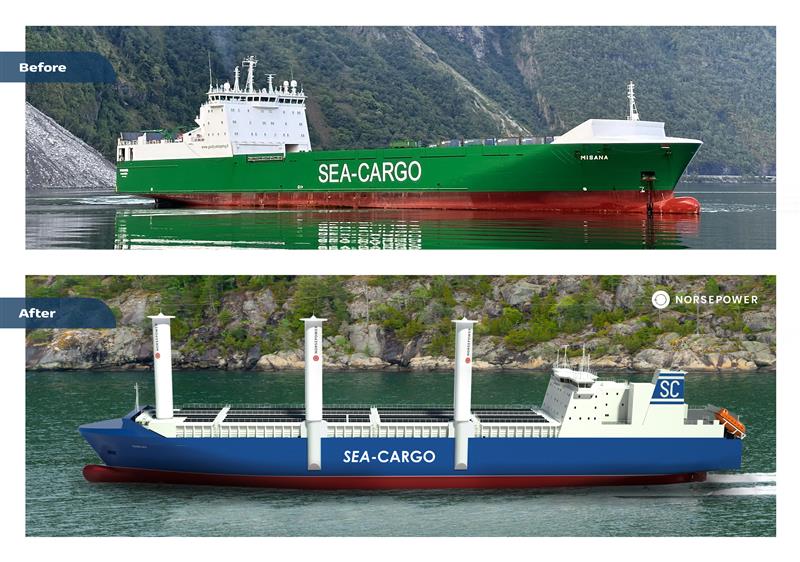 Sea-Cargo and Norsepower continue their collaborati
Sea-Cargo and Norsepower continue their collaborati  Alfa Laval expands its portfolio with ultrasonic an
Alfa Laval expands its portfolio with ultrasonic an 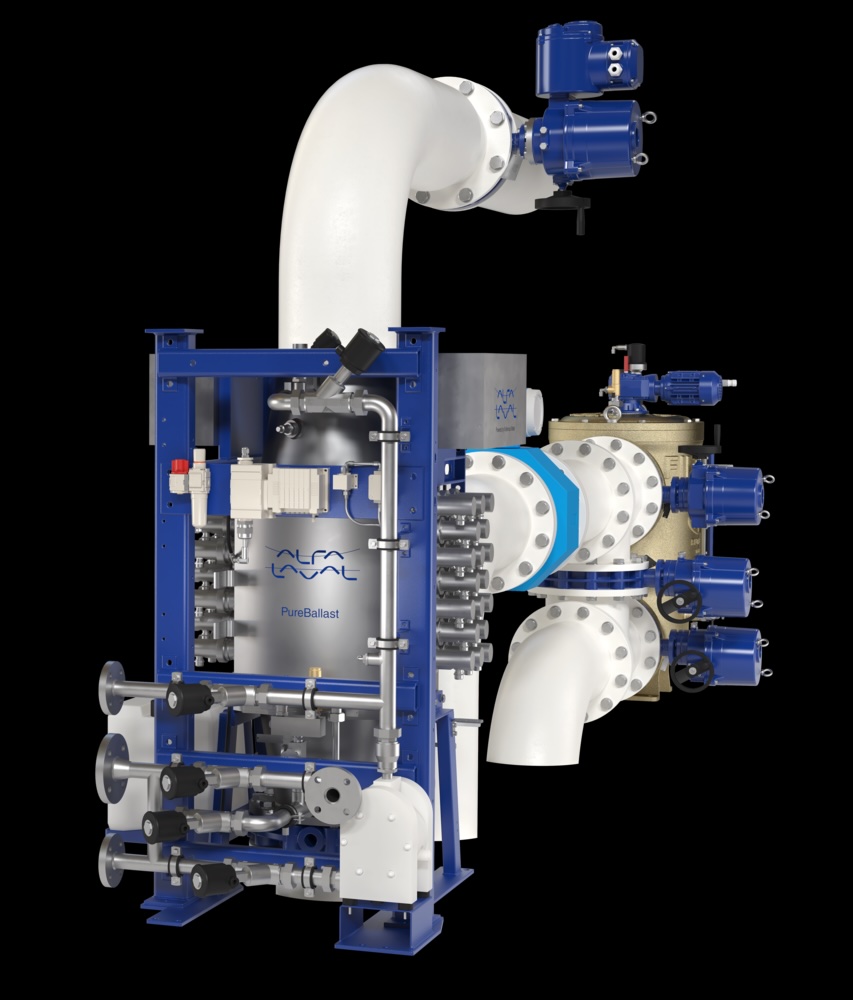 Alfa Laval PureBallast 3 Ultra secures orders from
Alfa Laval PureBallast 3 Ultra secures orders from 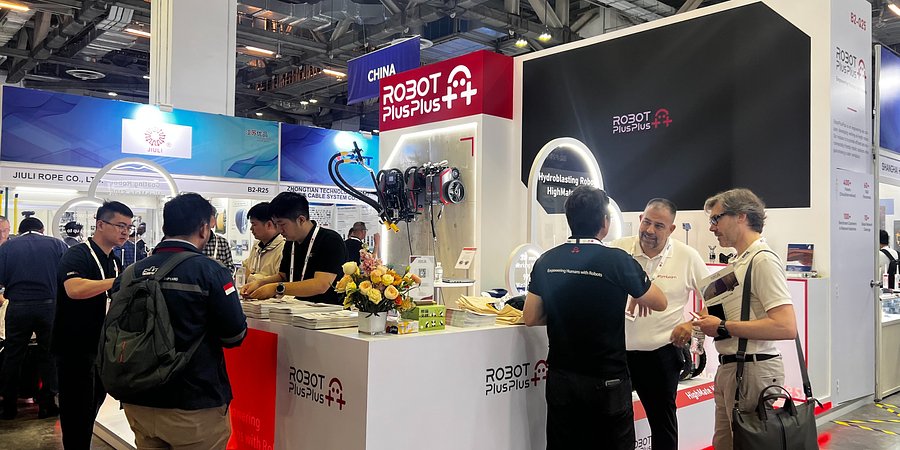 RobotPlusPlus Wows Maritime Professionals with Carg
RobotPlusPlus Wows Maritime Professionals with Carg 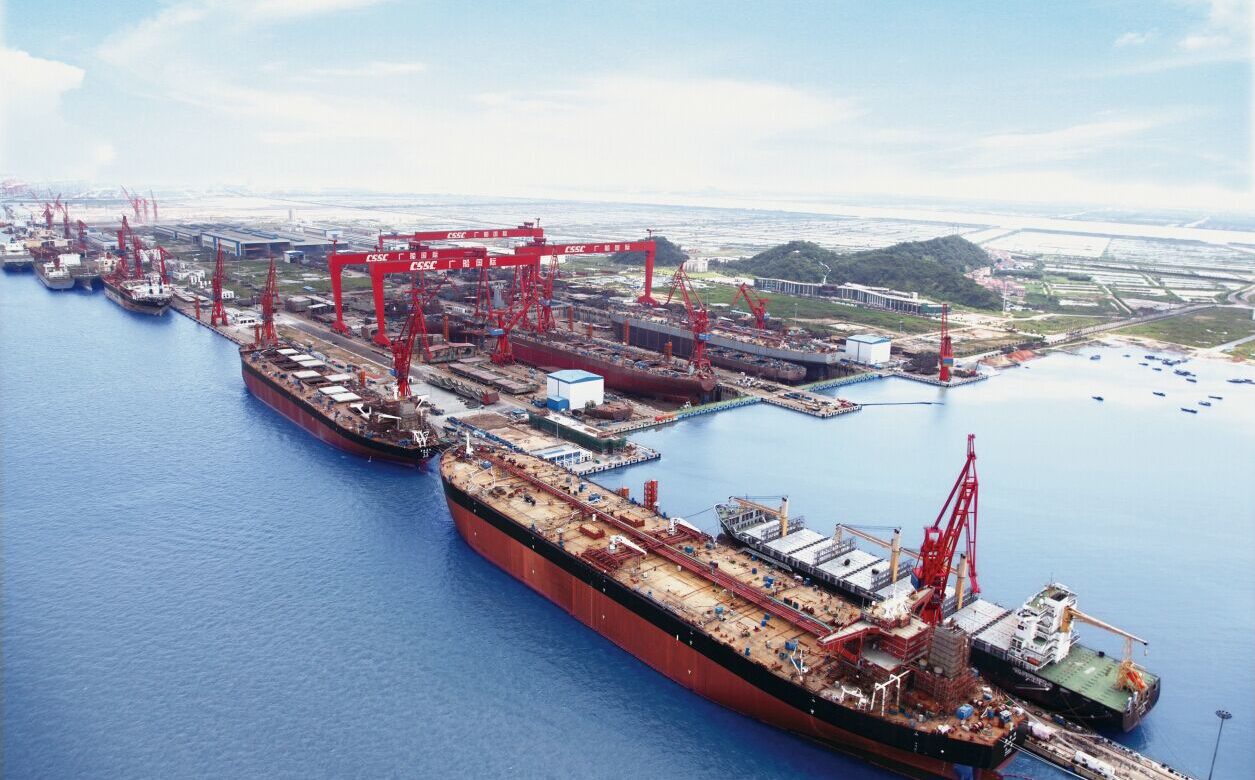 Alfa Laval secures first contract for ammonia fuel
Alfa Laval secures first contract for ammonia fuel 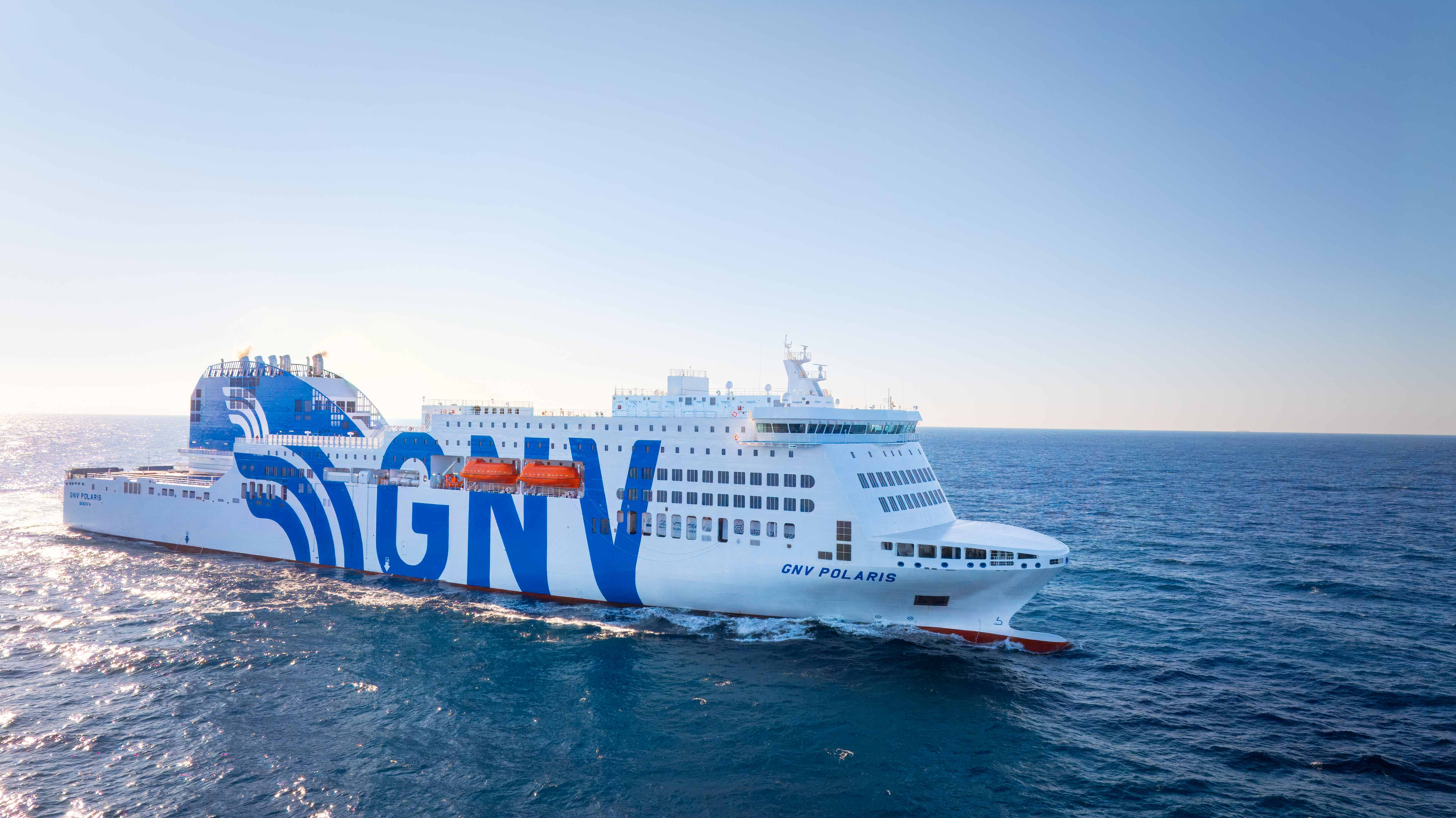 GNV Tests RINA’s Machine Learning and Predictive
GNV Tests RINA’s Machine Learning and Predictive